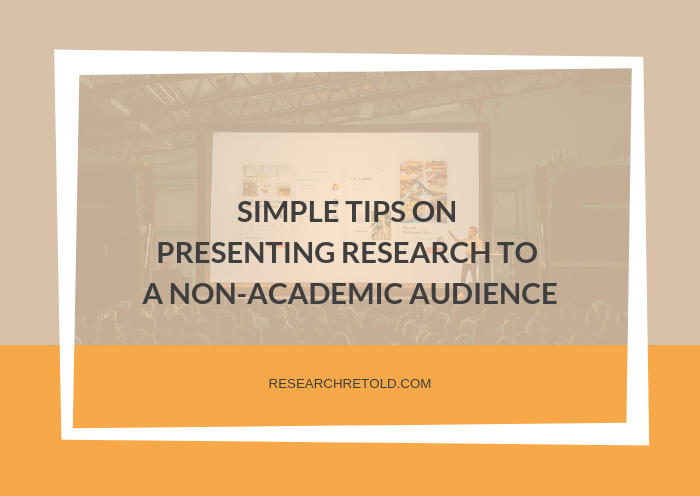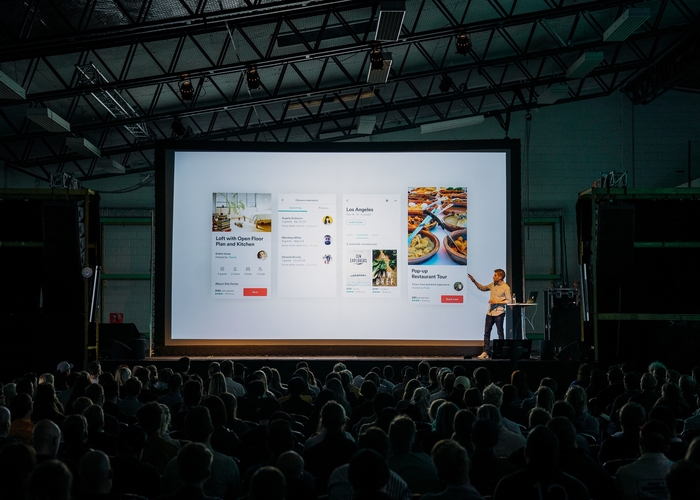In this blog, we share six tips on presenting research to a non-academic audience.
Our insights are based on reviewing the top 12 presentations on Slideshare about this topic.
This blog post is written from the perspective of a non-academic audience member, with a background in Integrated Marketing Communications, Events Management and Public Relations.
Sourcing presentation tips from Slideshare
In presenting research to a non-academic audience, there certainly is no one-size-fits-all approach. One of the many challenges that academics and researchers may encounter within their research journey is communicating their findings in a way that guarantees nothing gets lost in translation.
To come up with these tips on presenting research to a non-academic audience, we reviewed 12 presentations from SlideShare on this topic. Slideshare is an online sharing platform that can be used to gain useful knowledge, tips and best practices about almost any topic you can think of.
To date, experts have used the platform to upload professional content covering 35 categories and 18 million uploads. Users can also share and embed useful presentations from the platform to their LinkedIn or Twitter accounts quickly and seamlessly.
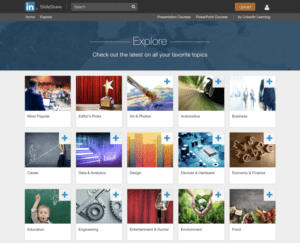
Obtaining our data on presenting research to a non-academic audience
Our search phrase on Slideshare was “dos and don’ts of academic presentation”. We narrowed down our search by filtering the results to PowerPoint presentations published in English. This resulted in a total of over 2 million presentations. The number of results alone shows that clearly, there is no single approach to presenting to a non-academic audience.

- Go to Slideshare
- Search phrase: “dos and don’ts of academic presentation”
- Filters used to narrow down search results: Presentations, English
- Number of results: 2,060,541
Out of the sample, we reviewed the first 12 presentations from the search results. We then summarised some of the do’s and don’ts into 6 tips for presenting research to a non-academic audience.
Tips on Presenting Research to a Non-academic Audience:
Before the Presentation
1: Know your audience.
As a non-academic audience member, I find that generic presentations have the potential to generate less audience impact. Convincing an audience that is not familiar with your research to engage with your work involves communicating in a manner people can easily relate to. This means using less jargon and complex concepts that may be too hard to understand.
In our Guide to Communicating Research Beyond Academia, we have identified 5 helpful questions that can help academics generate empathy from the audience. This serves as a good starting point for academics who are thinking about presenting to a non-academic audience.
1. What is the purpose of communicating my research in an accessible format?
2. Who is my audience (demand-driven)? Who are the top three stakeholders I’d like to speak to and why (push-mode)?
3. What is their current position on this topic and what are the current gaps in their evidence base?
4. What can I tell these individuals about my findings that will capture their attention and respond to gaps in their evidence?
5. What policy or behavioural changes would I want to see happen as a result of them understanding my research?
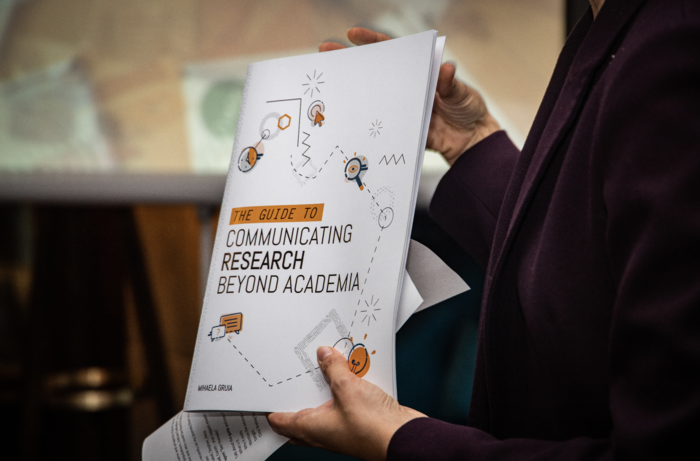
2: Allow enough time to create your presentation material
As a marketing professional, I believe that visual storytelling is key in making presentations truly engaging and memorable. Always remember that less is more.
Creating visually appealing presentations may seem overwhelming to those who have little experience working with Powerpoint or Keynote. However, a simple and well-structured presentation can have the ability to drive maximum impact.
Carefully considering the background colours, typography styles, and visual elements will help in presenting to a non-academic audience. Here are a few simple steps to keep in mind:
DOs:
Background
- Stick to a simple and solid coloured background.
- Refrain from using extremely bright or pattern-heavy backgrounds.
Typography
- Choose simple and block typefaces. Limit yourself to a maximum of 2 types per presentation to maintain consistency and readability.
- Block letters in solid colours make for a straightforward and sleek presentation too.
Avoid using overly stylised fonts – this can be too confusing and distracting for audience members.
3: Don’t overcrowd your slides with too many images or text.
When presenting research to a non-academic audience, remember to be purposeful about each element that goes into your slides.
Presentation material that has an awful lot of text can be overwhelming and painstaking to read. This draws attention away from you, the presenter. Always remember that your audience came to listen to what you have to say, not to read your slides.
Presentation material should be treated as a tool or a visual aid to complement the speaker, not the other way around.
For academics who find it challenging to condense the content on your slides, try to assess whether these bits of information can be presented through infographics, graphs, charts, or relevant images.
For presenting research to a non-academic audience, using these visual elements can help deliver complex concepts in accessible and effective ways. This also keeps the audience engaged and interested in your presentation.
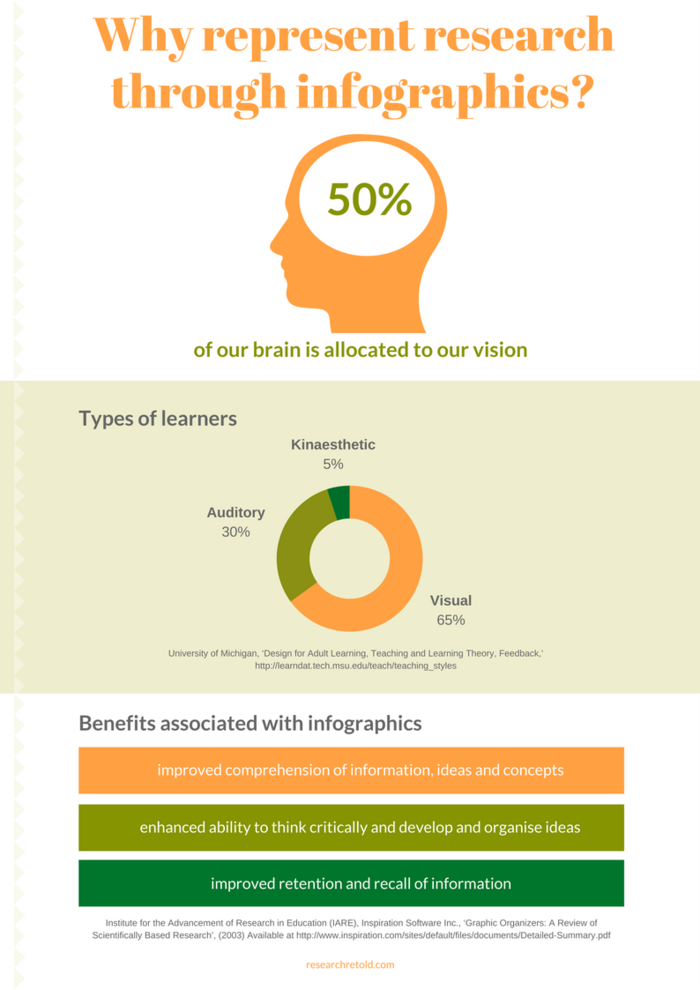
We developed a 4-part blog series that gives a more in-depth discussion about presenting research in infographics, as well as visual summaries, policy briefs and illustrations.
During the Presentation
4: Kick-off your presentation with a well-structured list of objectives
When it comes to dealing with stage fright, there really is no way to avoid it. Yet, you can take refuge in the fact that no one knows your research work better than you do.
Keep calm, and breathe. Getting anxious before a presentation is normal, and it happens even to the most seasoned professionals. To remedy this, consider starting off your presentation by presenting a well-structured list of objectives
Take it from an audience member’s perspective, this is one of the things that I appreciate during lectures or presentations. It sets the tone for the session by giving a brief overview of what we can expect from you.
5: Don’t stand in one corner. Be confident in delivering your presentation.
During your presentation, remember to make eye contact with your audience. This helps academics maintain that connection and engagement with their audience.
The more genuine and relatable you are on stage, the more the audience will respond positively to you.
Don’t be afraid to move around the stage as well. In my experience handling major conferences and events, presenters can get stuck behind a podium in a little corner on the stage.
Feel free to make use of hand gestures, and move from time to time. This will help make your presentation delivery more dynamic. Always keep in mind that balance is key.
After the Presentation
6: Don’t just end the conversation after you exit the stage
After you deliver your presentation, allow some time for questions and feedback from your audience. This is a great way to determine what piqued your audience’s interest and find out points of improvement as well.
One more thing to consider after finishing a presentation is distributing tangible materials such as handouts and visual summaries that your audience can take with them. This is a great way for them to find supporting information that can complement your presentation.
In conclusion, these simple tips on presenting research to a non-academic audience can help you as researchers feel more confident and prepared. Although there is no one single approach to delivering a stellar presentation, trying out a few things and seeing what works best with your personality and content can help you communicate your findings to your audience in the most effective and engaging way possible.
If you have any tips for presenting to a non-academic audience that you’d like to share, please comment below or tweet at us on @researchretold!
Special thanks to Isabel Regino, our Business Development and Operations Assistant, for contributing to this blog post with research, writing and editing. Special thanks to the authors of the following SlideShare content:
Text Me: Dos & Don’ts of Presentation Design
Presentation ON DOs & DONTs
What Makes A Good Slideshow Presentation: Dos & Don’ts
Woznicki presentation do’s and don’t’s
Student Version of Presentation Do’s & Dont’s
PowerPoint Presentation Do’s and Don’ts
Sandile Radebe do’s and don’ts of PowerPoint presentation
Do’s and Don’ts of Giving a Killer Presentation
10 Don’ts Your Presentation Can Do Without
The do’s and don’ts of a presentation main
Presentation Do’s and Don’t’s
Presentation Design Dos and Don’ts
